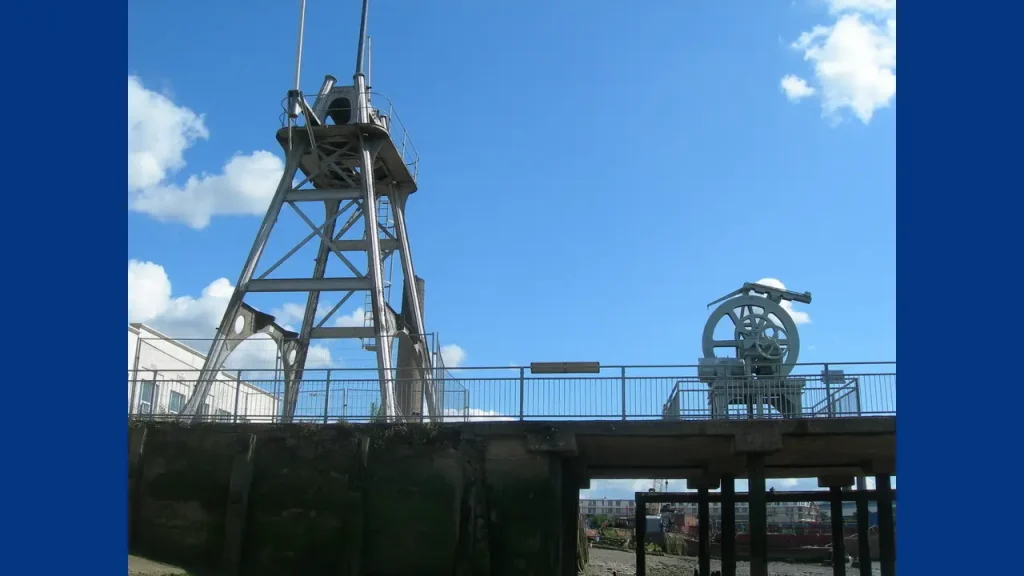- The Department for Culture, Media and Sport designates Enderby Wharf’s cable gear as a Scheduled Monument.
- The site, central to early transatlantic communications, now receives protection on par with Stonehenge.
What happened: Greenwich’s cable heritage gains national protection
The UK’s Department for Culture, Media and Sport has granted Scheduled Monument status to historic submarine cable machinery at the former Submarine Cables Ltd factory in Greenwich, effective 10 October 2025. The designation, made on the advice of Historic England, provides the site with legal protection equivalent to some of the country’s most iconic landmarks. The preserved gear played a vital role in global telecommunications, notably contributing to TAT-1, the first transatlantic telephone cable completed in 1956 that linked the UK and North America. Alan Burkitt-Gray, former editor of Capacity Media, who helped campaign for the designation, said the Greenwich site marked the true birthplace of global communications.
Also read: Google pledges £5bn boost to UK AI ahead of Trump state visit
Also read: BlackRock to invest $679M in UK data centres during Trump visit
Why it is important:
The decision safeguards a crucial part of the UK’s industrial and digital heritage. The Enderby Wharf complex, once operated by the Telegraph Construction and Maintenance Company (Telcon) in the 1850s, was instrumental in laying the first successful transatlantic telegraph cables—technological milestones that transformed global communication. Its protection also complements ongoing efforts by the Enderby Group to preserve sites across Greenwich tied to the evolution of undersea networks.
The recognition reinforces Greenwich’s role as a cradle of modern connectivity, linking 19th-century engineering to today’s global internet backbone. Nearby landmarks, including Brunel’s Great Eastern ship launch site, underscore the area’s long history of technical innovation. By protecting the machinery, the DCMS aims to ensure future generations understand how these early advancements made the instantaneous communications of the digital era possible.

